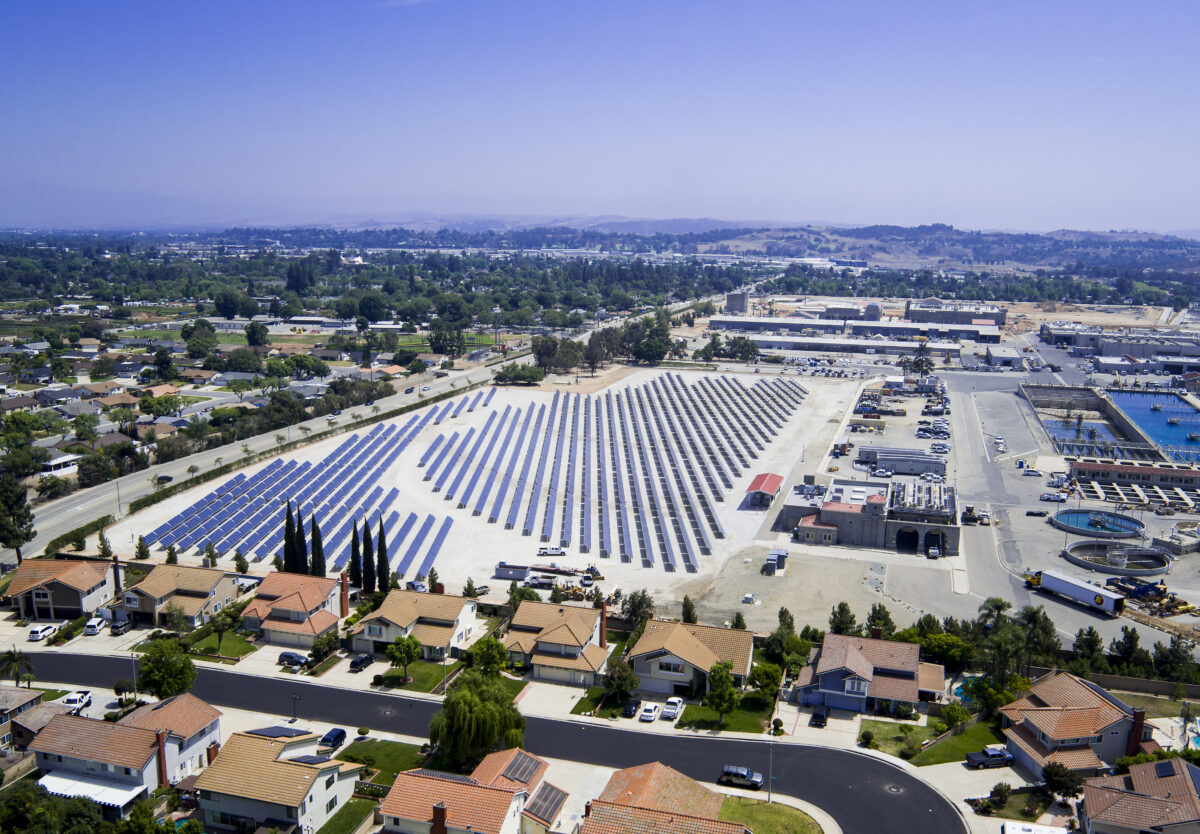Nextracker, known for its solar technology tracker solutions used in large utility-scale solar projects, announced 600 projects delivered in its distributed generation (DG) portfolio. The company also announced the signing of two new agreements in the DG space.
The agreements are with channel partners RP Construction Services and Vergo who are trained to resell the company’s flagship NX Horizon solar tracker to help scale Nextracker’s DG sales to the commercial and industrial segment.
“Distributed generation technology plays a key role in solving energy grid infrastructure challenges to meet rising global demand for clean energy,” said Dan Shugar, Nextracker founder and CEO.“ We are appreciative to be working with leading channel partners, RPCS and Vergo. Together we are supporting DG customers with design, inventory, logistics, construction management, commissioning, and service support.”
DG resources with ground mount solar tracker systems are typically up to 30 MW each in capacity. When paired with batteries they can form microgrids that are connected to the distribution grid but can also disconnect to form its own system when needed.
An example of such a tracker-based microgrid is California National Guard’s Joint Forces Training Base (JFTB) in Los Alamitos, which provides critical support during events such as wildfires and earthquakes. The installation includes 31 MW of solar, 40 MWh of battery energy storage and 3 MW of backup generators. During every day operation, the power generated goes to the grid. But when the grid is down, the microgrid can disconnect from the grid and “island,” so that the electricity generated by the microgrid serves the training base’s operations.
Nextracker reports that its NX Horizon’s smart solar trackers are well-suited for both utility-scale and DG solar projects and that it has 90 GW of smart solar trackers operational or under fulfillment around the world. The NX Horizon platform allows EPCs to conform to sites with irregular and rolling terrain layouts, the company says.
“The combination of Nextracker’s technology performance advantages, proven total project cost savings, and ability to be deployed just about anywhere including challenging project sites on tight schedules is a big win for us and our DG customers,” said Eb Russell, CEO RPCS.
In January, Nextracker completed its spin-off from Flex, becoming its own entity. Founded in 2013, Nextracker was acquired in 2015 by Flex for $330 million, and it has become a leader in the U.S. solar tracker market with its integrated solar tracker and software solutions used in utility-scale and distributed generation solar power plants around the world.
The company achieved a record third quarter 2023, with quarterly revenue reaching $710 million, but 38% year-over-year. It raised its guidance for fiscal year 2024 to between $2.425 billion and $2.475 billion, up from previous estimate of $2.3 billion to $2.4 billion.
This content is protected by copyright and may not be reused. If you want to cooperate with us and would like to reuse some of our content, please contact: editors@pv-magazine.com.









By submitting this form you agree to pv magazine using your data for the purposes of publishing your comment.
Your personal data will only be disclosed or otherwise transmitted to third parties for the purposes of spam filtering or if this is necessary for technical maintenance of the website. Any other transfer to third parties will not take place unless this is justified on the basis of applicable data protection regulations or if pv magazine is legally obliged to do so.
You may revoke this consent at any time with effect for the future, in which case your personal data will be deleted immediately. Otherwise, your data will be deleted if pv magazine has processed your request or the purpose of data storage is fulfilled.
Further information on data privacy can be found in our Data Protection Policy.